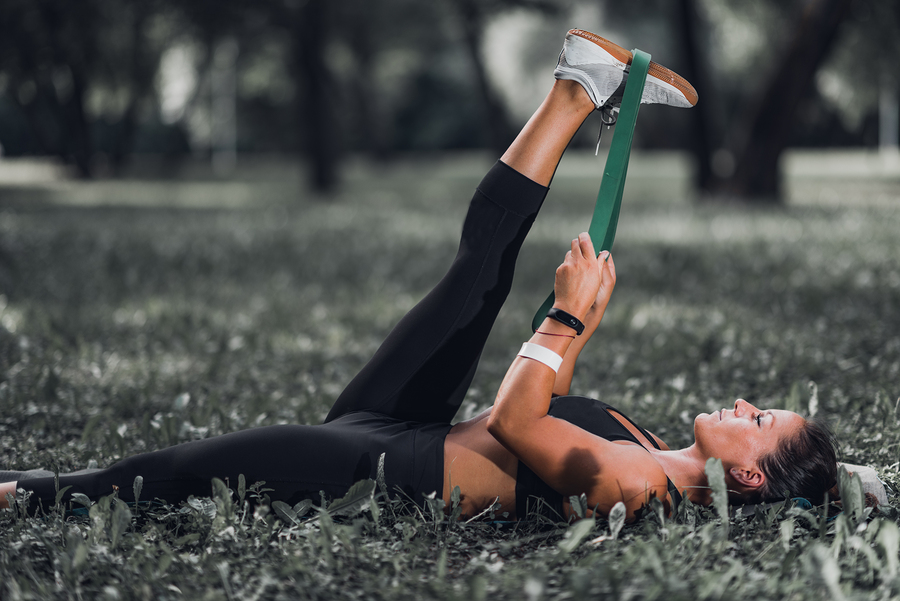Our Toronto physiotherapists and chiropractors field a lot of questions about many different aspects of musculoskeletal health, including exercise and workout advice. Stretching is one of the most common subjects that our clients ask about. Everyone from amateur athletes to dedicated pros seems to have some bit of advice to offer on the subject of stretching. Should I stretch before a workout for best results? Or should I stretch after exercise? How much is too much – and how much stretching is just enough?

Here’s a look at the facts.
What type of stretch?
There are different types of stretches.
- Static – this is the type you are most likely familiar with, where you take a position that pulls a muscle to the point of slight discomfort, and then holding it for a count of 30 or more.
- Dynamic – repetitive movements, where the range of motion is gradually increased with each repetition. While static stretches are the norm, some studies suggest that dynamic stretching is of just as much benefit.
- Bouncing – going into a position stretching a muscle, and then bouncing it to increase the range of motion.
- Proprioceptive neuromuscular facilitation (PNF) – a technique where a stretch is held while you also contract and relax the muscle repetitively.
How much stretch do I need?
The answer depends on the activity. Stretching increases flexibility and range of motion. You will need much more flexibility, for example, for dance than you would as a long distance runner.
- If you are working to build muscle, you don’t want to over-emphasize flexibility before your workout, which can reduce a muscle’s natural spring. This can affect sports like weight training, or those where you need to be able to keep your balance in motion, such as football or soccer.
- Conversely, too little flexibility can increase the risk of injury as muscles become less able to absorb strain.
- The research seems to point to the fact that too much static stretching before a workout is detrimental in many cases. It can make muscles weaker and slower to react.
Timing is everything
The nature and timing of stretching is important.
- Most experts recommend a warm up of at least 10 minutes, with a light aerobic component, and dynamic stretching that involves the muscles and movements you will use in your sport.
- For runners, for example, dynamic stretches could involve high knees, leg swings, or butt kicks.
Stretching after exercise
When muscles are warm, there is some research that supports the idea that static stretching can be beneficial in a number of ways.
- It reduces injuries;
- It helps to increase speed;
- It helps to increase power.
- If your activity is yoga or pilates, then you can incorporate stretching right into your workout.
- If your activity is a sport like tennis, or a workout of some type, then stretch after the activity.
- Pro Weight Tip: during the workout, stretch the antagonistic muscle to the one you are working on for an extra boost.
Need advice on exercise, or any other aspect of your musculoskeletal health? Our Toronto physiotherapists, chiropractors, and other sports medicine specialists are waiting with expert advice and information. Call or drop by one of our Toronto physiotherapy clinics today.














